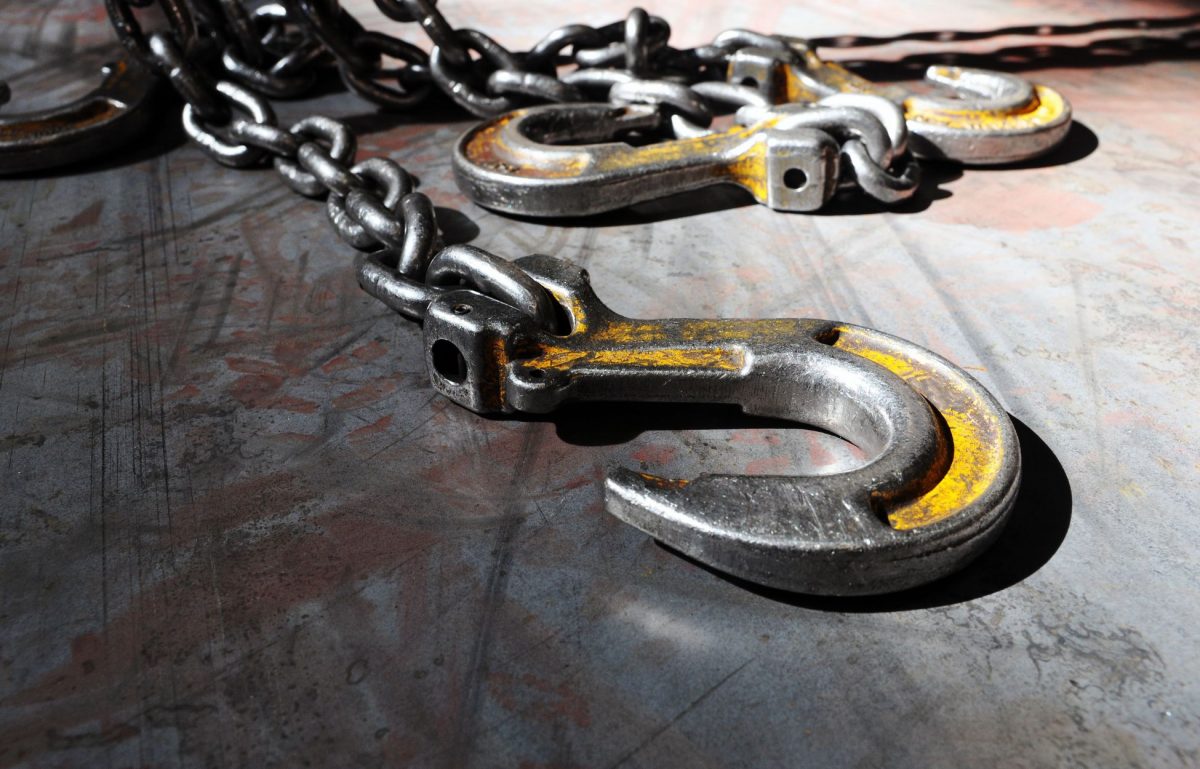Selecting the right sling is important when using a rigging system, as each type has varying weight limits and handles wear and tear differently. All slings are load-bearing devices for lifting and transporting heavy objects, but they come in many different materials to accommodate a range of needs. Explore the different types of slings to use for your rigging system.
Wire Rope Slings
A common option for rigging systems is the wire rope sling, which consists of strands of wire twisted together. These slings are known for their strength, durability, and resistance to abrasion. Wire rope slings come in various configurations, such as single-part, two-part, three-part, and four-part hangs, each with different load abilities. They are highly versatile and used across an array of rigging operations.
Chain Slings
Chain slings are metal chains joined together to form a loop. They are incredibly strong and able to withstand heavy loads. These slings resist abrasion, cuts, and high temperatures, making them suitable for tough and demanding rigging applications. Chain slings come in different grades, with Grade 80 and Grade 100 being the most commonly used for rigging purposes.
Synthetic Web Slings
Synthetic web slings are lightweight and made of synthetic materials such as nylon or polyester. They are flexible, lightweight, and have a high strength-to-weight ratio. They can also endure exposure to most chemicals, making them useful in chemical and industrial environments. Synthetic web slings come in different styles, including endless, eye-and-eye, and reverse-eye slings.
Polyester Slings
Polyester slings, a subset of synthetic web slings, have gained considerable attention due to their distinctive benefits. The advantages of using polyester slings are numerous. For starters, polyester is extremely strong yet lightweight, making the slings easier to transport, install, and store. They have a high strength-to-weight ratio, meaning they can securely lift heavy loads. These slings are also flexible and can adapt to the load’s shape, further reducing damage risk. They are resistant to mildew, aging, and most acids, making them suitable for various environments.
The specific nature of your rigging requirements, along with environmental conditions, will help you determine the best type of sling to use for your rigging operations. It’s important to consider the characteristics of each sling type to make an informed decision. By doing so, you will ensure you select the best sling to not only enhance your operations but also contribute to overall workplace safety.













